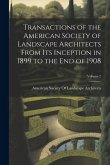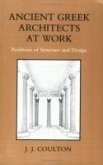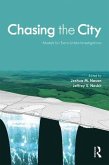Whereas in the Western world suburbanism has finally come to dominate the landscape and the life of most of the people, in Asia activities are all mixed; one can find agricultural production sitting side by side homes, temples, or high-tech factories. It is a new kind of mixitè and, if properly managed, it seems to be more sustainable than a European periphery. In this context, a new movement is developing, one for public space capable of structuring such particular landscape; providing both social spaces and a sense of identity to the communities living in these places. In a way, what is now developing is what landscape urbanism has been theorizing for some time. Specifically, it is happening in places such as Taiwan, where some form of direct democracy is possible. In a way, it is similar to what happened at the onset of the Tessiner school in South Switzerland, or at the time of the Barcelona Olympics, those rare occurrences of city-making, when innovations in planning and design are put forward. But here, it is something that tells us about what the design culture of most of the world's future urbanization could become.
Bitte wählen Sie Ihr Anliegen aus.
Rechnungen
Retourenschein anfordern
Bestellstatus
Storno








